Handprint Drawings
Think beyond the classic “hand turkey”—what else can your handprint become? Your fingers can transform into legs, wings, fins, or antennae, bringing all kinds of creatures to life. In this tutorial, we’ll experiment with different hand poses and explore how tracing our hands can reveal a whole world of animals and beyond. From soaring birds to scuttling crabs, each unique shape offers a new creative challenge. Get ready to stretch your imagination and turn a simple handprint into an artistic adventure!
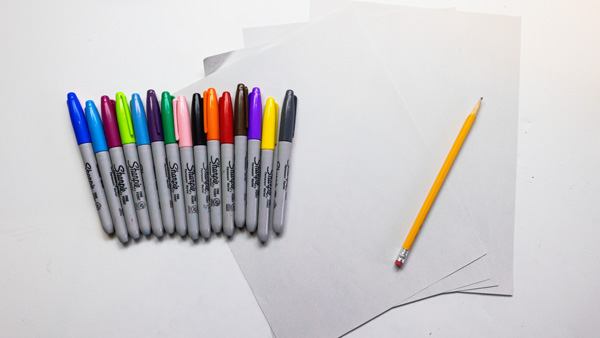
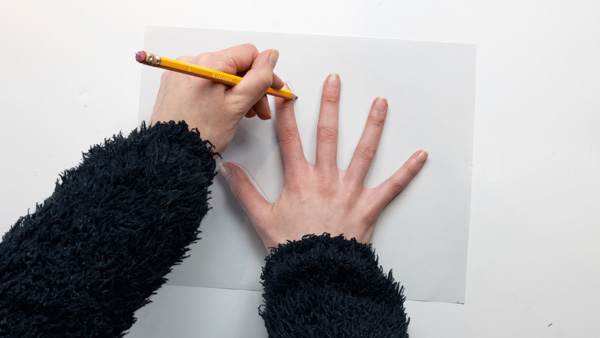
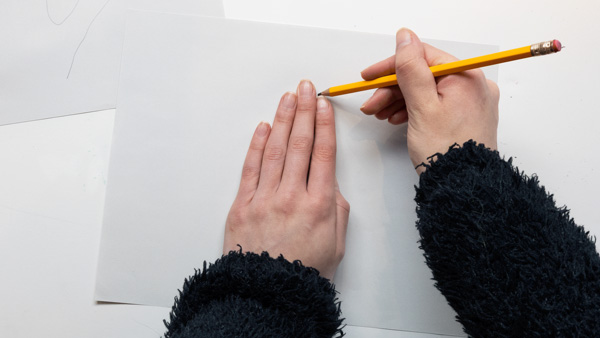
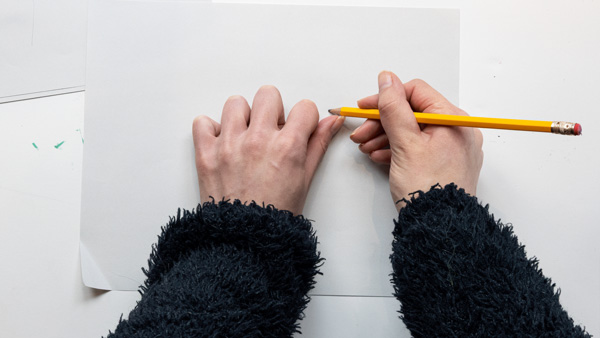
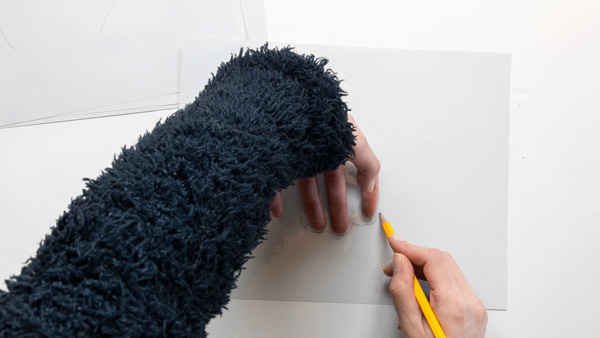
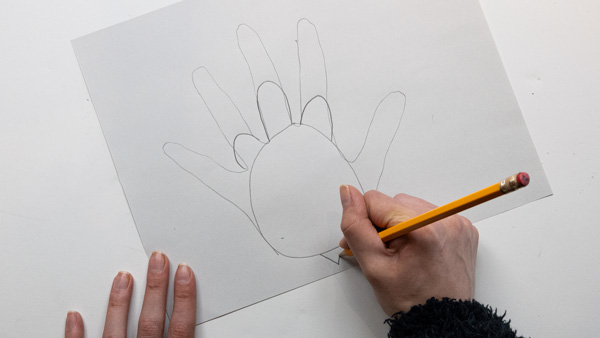
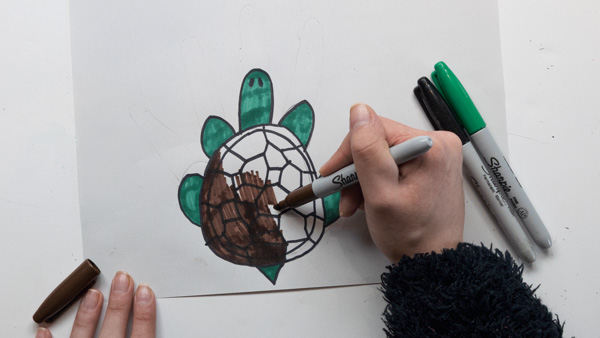
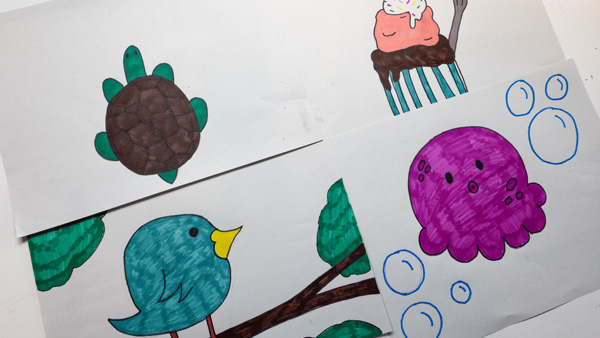
Materials:
- Paper
- Pencil
- Markers
- Crayons
Instructions:
Step 1: Gather the materials you plan to use to create your drawing. You can use pencils, crayons, pastels, markers, and even watercolor!
Step 2: Position your hand. The way you place your hand on the paper will determine what animal, person, or object you create. Try a few hand positions and pick your favorite one before tracing.
Here are a few ideas:
- Open Hand: Spread your fingers wide to create creatures like a lizard or a starfish.
- Closed Fingers: Press your fingers together for animals with a smooth body shape, like a fish or a penguin.
- Thumb Out: Extend your thumb for animals with a head or a beak, such as a bird or a giraffe.
- Curled Fingers: Bend your fingers slightly to create animal legs or tentacles, like an octopus or a crab.
Step 3: Trace your hand. Place your hand firmly on the paper and use a pencil to trace around it. Be sure to go slowly to capture the shape accurately. You can adjust the shape slightly to make it look more like an animal. Once you’ve traced your hand, lift it off the paper and take a look—what does the shape remind you of?
Step 4: Add animal features. Now comes the fun part—turning your handprint into an animal! Use your imagination to add details such as:
- Eyes and a mouth to bring your animal to life.
- Ears, tails, or horns to match the creature you’re creating.
- Patterns and textures, like fur, feathers, or scales.
For example:
- A fish: Draw scales along the palm and add fins to the fingers.
- An elephant: Use your thumb as the trunk and add big ears on the sides.
- A crab: Turn your fingers into legs and add claws on the tips.
The possibilities are endless—let your creativity guide you!
Step 5: Color and decorate. Once you have drawn all the details, grab your markers, crayons, or colored pencils to bring your animal to life with color!
- Use bold colors for fun, cartoon-style animals.
- Try shading techniques to add depth and realism.
- Add a background to place your animal in its natural habitat—water for fish, grass for a giraffe, or a jungle for a monkey.
Tracing your hand is just the beginning—every hand shape can inspire a new creature, person, or object. Keep experimenting with different poses and animals.
Further Learning and Discussion Questions:
- Discussion questions for reflection:
– Creativity & Imagination: How did changing the position of your hand influence the animal you created? Did any unexpected shapes inspire you to create something new?
– Problem-Solving: Were there any challenges while transforming your handprint into an animal? How did you overcome them?Art & Observation: What details did you add to make your animal recognizable? How do artists use observation to make their drawings more realistic or expressive?
– Self-Expression: How did your choice of colors, patterns, or additional elements reflect your style or mood?
– Connection to Nature: What did this activity teach you about different animals and their shapes? Did you notice any similarities between human hands and animal features you hadn’t considered before?
- Further Learning
– Science Connection: Animal Adaptations & Anatomy
– Explore adaptations. How do different animals use their unique features for movement, protection, or hunting? - Storytelling & Creative Writing
– Create a story based on your handprint animal. Where does it live? What does it eat? Does it have special powers?
– Write a descriptive paragraph about your animal using sensory details (how it looks, sounds, moves, and feels).
– Extension Activity: Turn the class’s handprint animals into a collaborative storybook with illustrations and descriptions.

